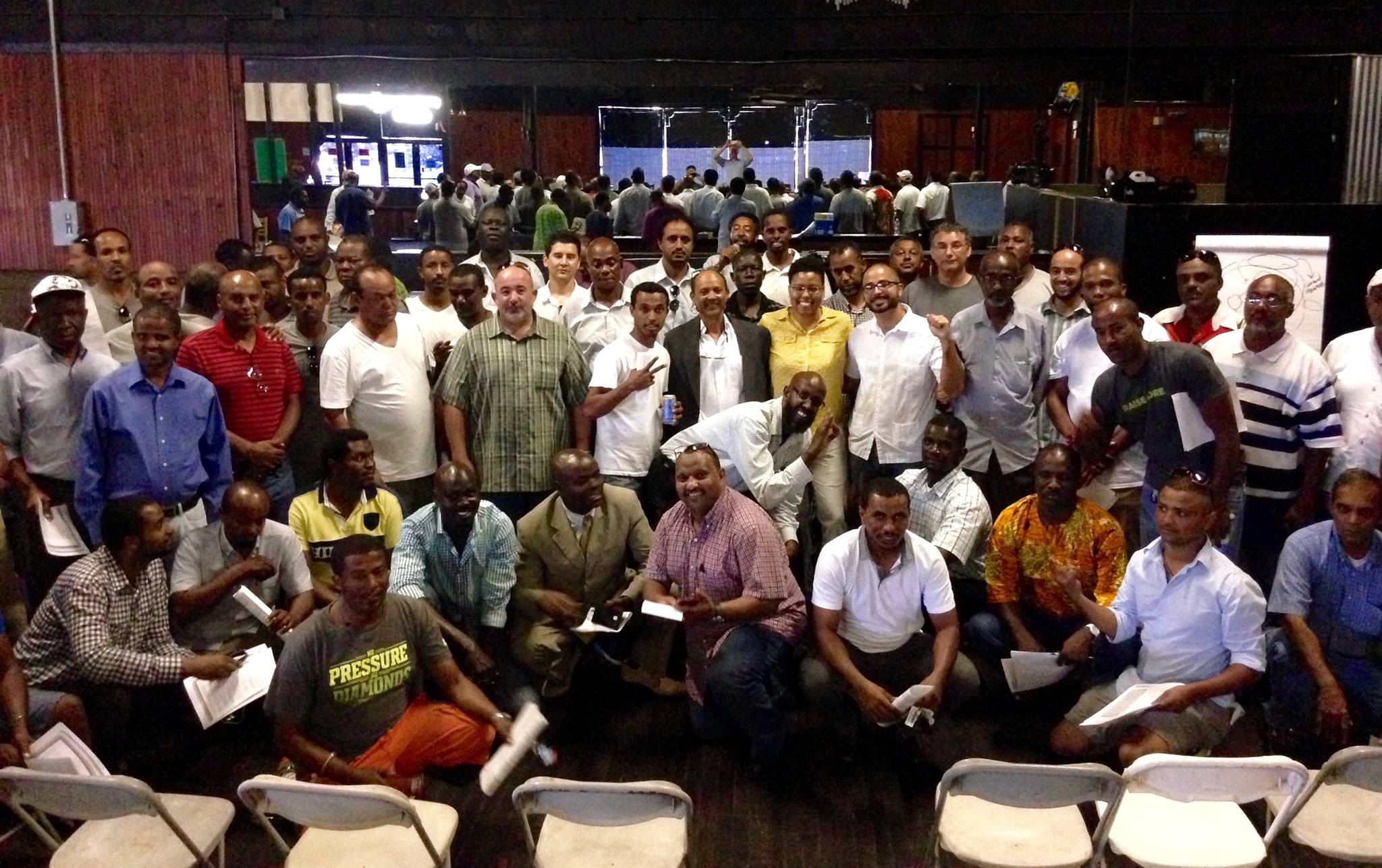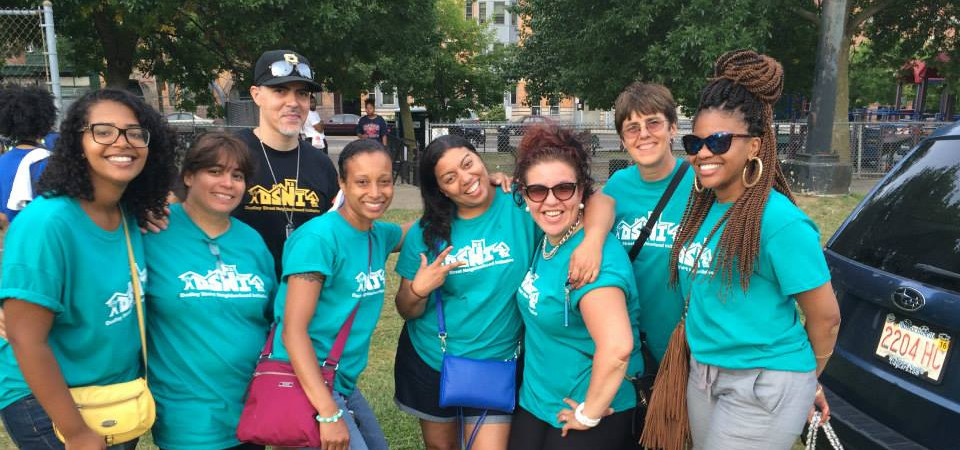A new Democracy Collaborative report summarizes lessons learned from 11 case studies of organizations including the Dudley Street Neighborhood Initiative. (DSNI via Facebook)
Who owns local economic development? Though a vital question for any community seeking progress, it holds special significance for low-income communities and communities of color, whose populations have been disproportionately impacted by today's low-growth, high-unemployment economic climate. Thus a new report out of the Democracy Collaborative, "Educate and Empower: Tools for Building Community Wealth." The report's authors, Keane Bhatt and Steve Dubb, looked at 11 diverse case studies of community economic development initiatives to foreground a set of best practices for practitioners, philanthropists, and national organizations dedicated to community wealth building. As the title of the study suggests, among the key lessons Bhatt and Dubb drew from their extensive research and interviews was the salience of popular education techniques to promoting and sustaining community-focused economic development.

The Wellspring Upholstery Cooperative in Springfield, Massachusetts was developed by the Wellspring Collaborative to provide entry-level jobs for local residents. (Melita Podesta)
In his preface to "Educate and Empower," Democracy Collaborative president Ted Howard wrote, "Too often, community economic development has been reduced to technical work, such as developing pro formas, raising capital, and 'doing the deal.' These are all essential elements, to be sure. But if these steps are not accompanied by capacity building, community development can end up being done to, rather than with communities." Bhatt and Dubb's work offers a powerful corrective to such reductive thinking. Guided by the real-world experience of the eleven organizations they studied, they offer a cornucopia of capacity-building strategies, divided into four categories.
Bhatt and Dubb begin with "learning strategies," educational approaches grounded in popular-education techniques. These include the liberal use of visual representations, a focus on participatory learning, and peer mentorship initiatives. Under "community building strategies," they offer the time-tested examples of community study circles and old-school tactics including door-knocking campaigns. "Organizational strategies" can range from the deployment of inclusive governance to build connection and skills to the judicious use of outside expertise. Finally, "resiliency strategies"—designed to insure the long-term success of a community wealth building initiative—include active engagement in politics and investment in youth development.

Participants in a co-op 101 workshop Cooperation Texas held for the Taxi Drivers Association of Austin. (Cooperation Texas via Facebook)
Philanthropic organizations and national intermediaries have important roles to play in the capacity-building process, too, suggest Bhatt and Dubb. The former should focus on long-term, place-based investments and take care to avoid overly narrow performance assessments. National support networks, meanwhile, can help prop up local education efforts by employing popular education techniques in training.
"Educate and Empower" is accompanied by an infographic listing the above strategies, available as a 30-inch poster broadsheet. Like the report itself, the infographic is an important reminder to individual communities that they are not alone. Though the path to democratic prosperity remains littered with obstacles, the lessons from their predecessors may make the going just a little bit smoother.

Newark's New Community Corporation operatings a variety of facilities, including a 180-bed skilled nursing center. (New Community Corporation)









